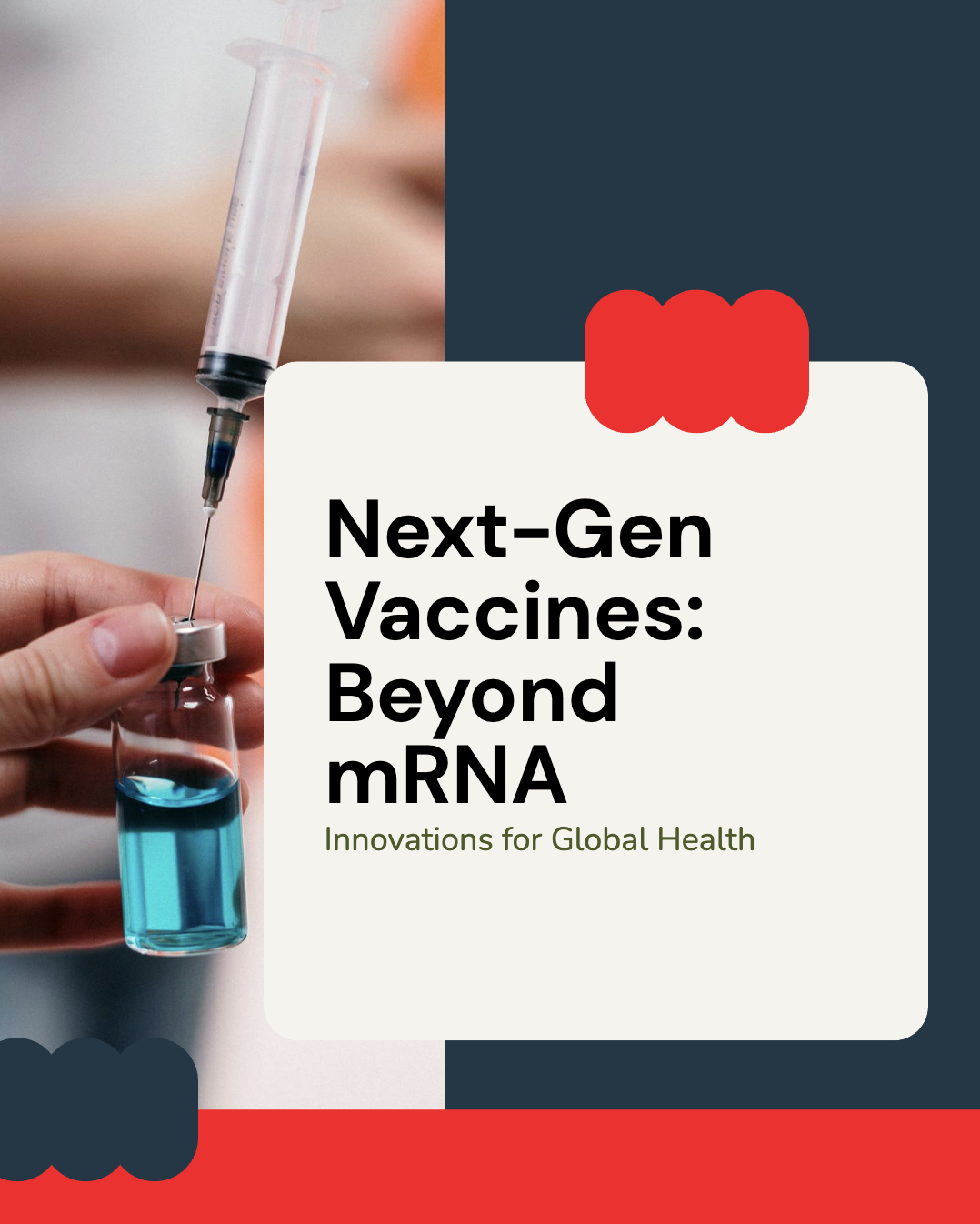
Vaccines have revolutionized global health, preventing millions of deaths annually. The COVID-19 pandemic accelerated the adoption of mRNA vaccine technology, proving its efficacy and adaptability. However, next-generati on vaccine platforms are emerging beyond mRNA to address challenges like cost, storage, scalability, and broad immune responses. These innovations promise to enhance global health security, tackling infectious diseases, pandemics, and even non-communicable diseases like cancer.
Vaccines have evolved significantly, from traditional live attenuated and inactivated vaccines to next-generation platforms. Here’s a brief comparison:
| Vaccine Type | Mechanism | Examples | Pros | Cons |
|---|---|---|---|---|
| Live Attenuated | Weakened virus | MMR, Polio (Sabin) | Strong immunity | Safety risks in immunocompromised individuals |
| Inactivated | Killed virus | Hepatitis A, Rabies | Safe for all |
Weaker immune response, requires boosters |
| Subunit/Protein-Based | Antigen fragments | Hepatitis B, HPV | Highly safe, stable | Weak T-cell response |
| Viral Vector | Uses harmless virus | AstraZeneca COVID-19 | Strong response | Pre-existing immunity concerns |
| mRNA Vaccines | Genetic instructions | Pfizer, Moderna | Fast, scalable | Cold storage requirement |
| Next-Gen Platforms | Various | TBD | Improved stability, broader immunity | Under research |
Next-generation platforms aim to overcome the limitations of current vaccine technologies while improving accessibility, affordability, and immune response.
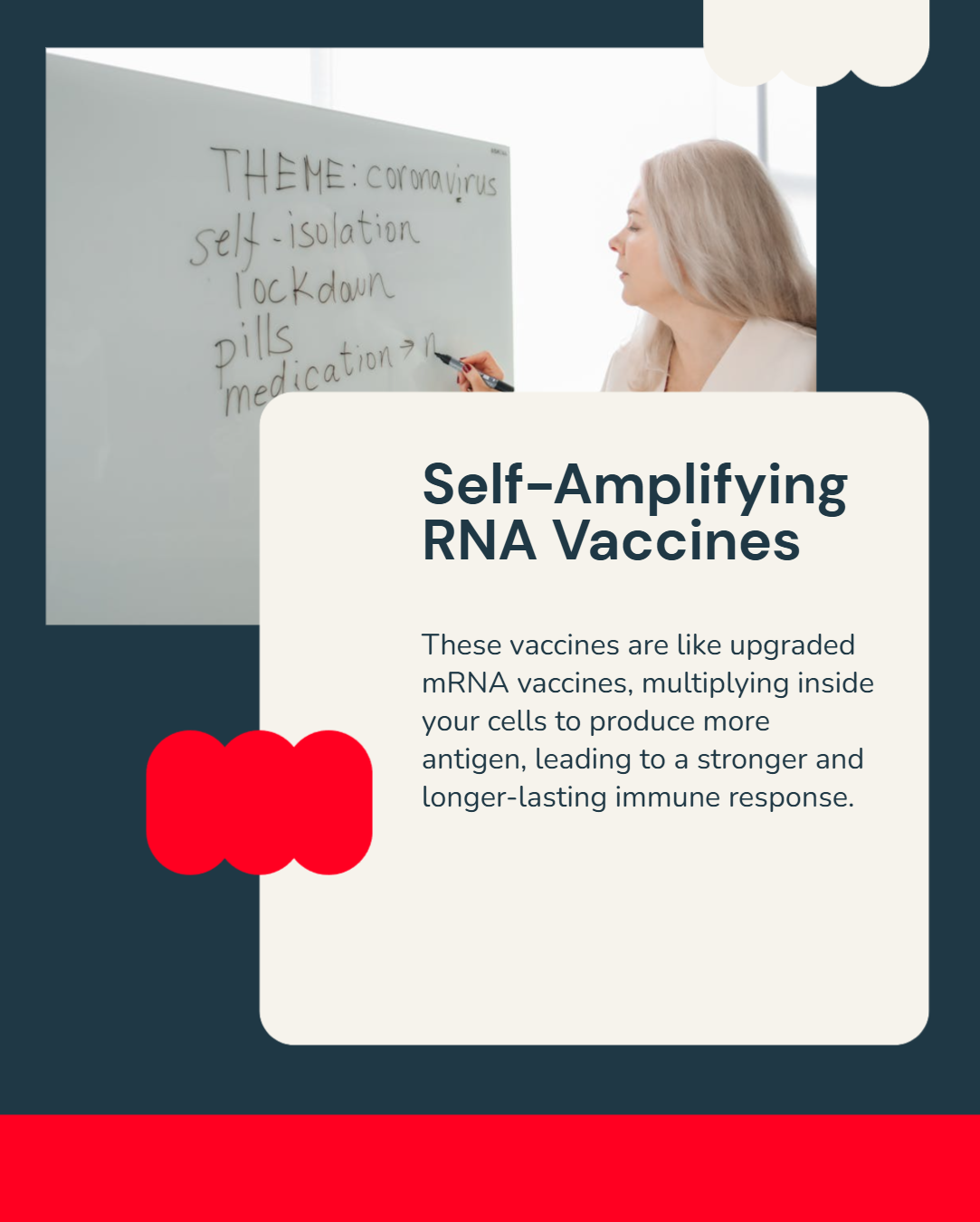
How It Works
Self-amplifying RNA (saRNA) vaccines are an evolution of mRNA vaccines. Unlike standard mRNA, saRNA encodes a viral replication mechanism, allowing it to produce more antigen inside cells.
Advantages
Challenges
Potential Applications
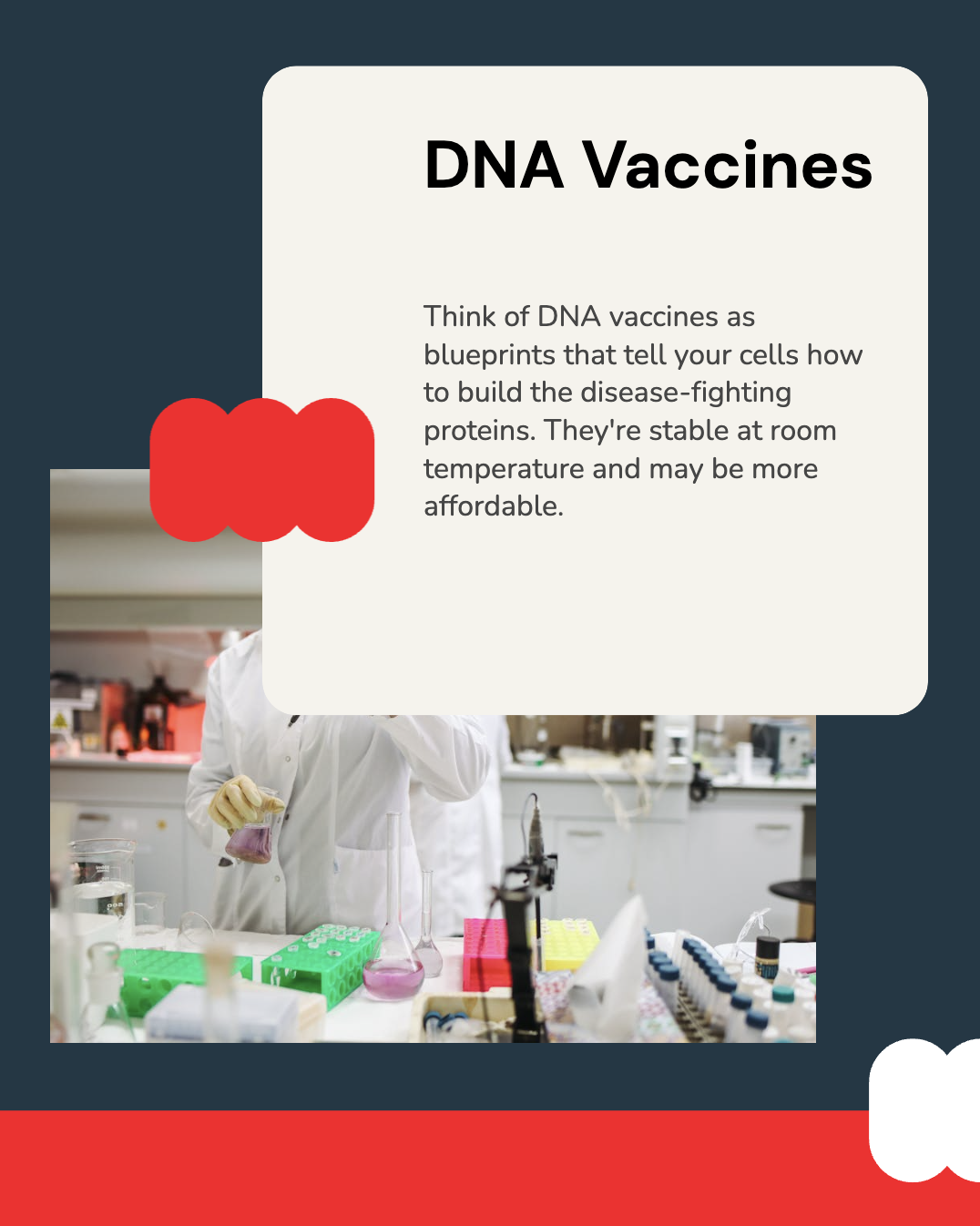
How It Works
DNA vaccines use plasmid DNA to instruct cells to produce an antigen, stimulating an immune response.
Advantages
Challenges
Potential Applications
Examples: INOVIO Pharmaceuticals' DNA vaccine candidates.
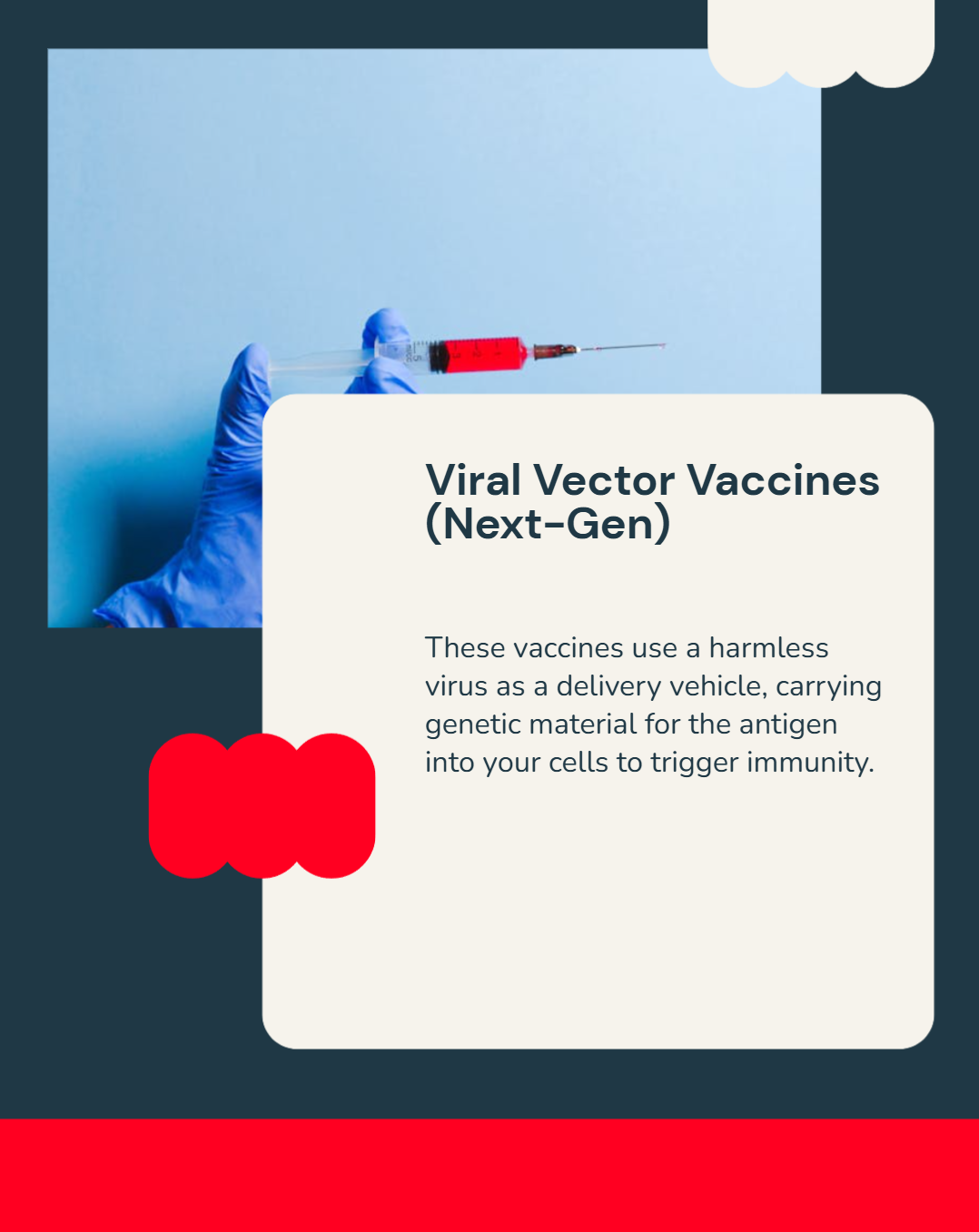
How It Works
These vaccines use a harmless virus (adenovirus, vesicular stomatitis virus, etc.) to deliver genetic material for an antigen.
Advantages
Challenges
Potential Applications
Examples: Janssen & Oxford-AstraZeneca COVID-19 vaccines, Ervebo Ebola vaccine.
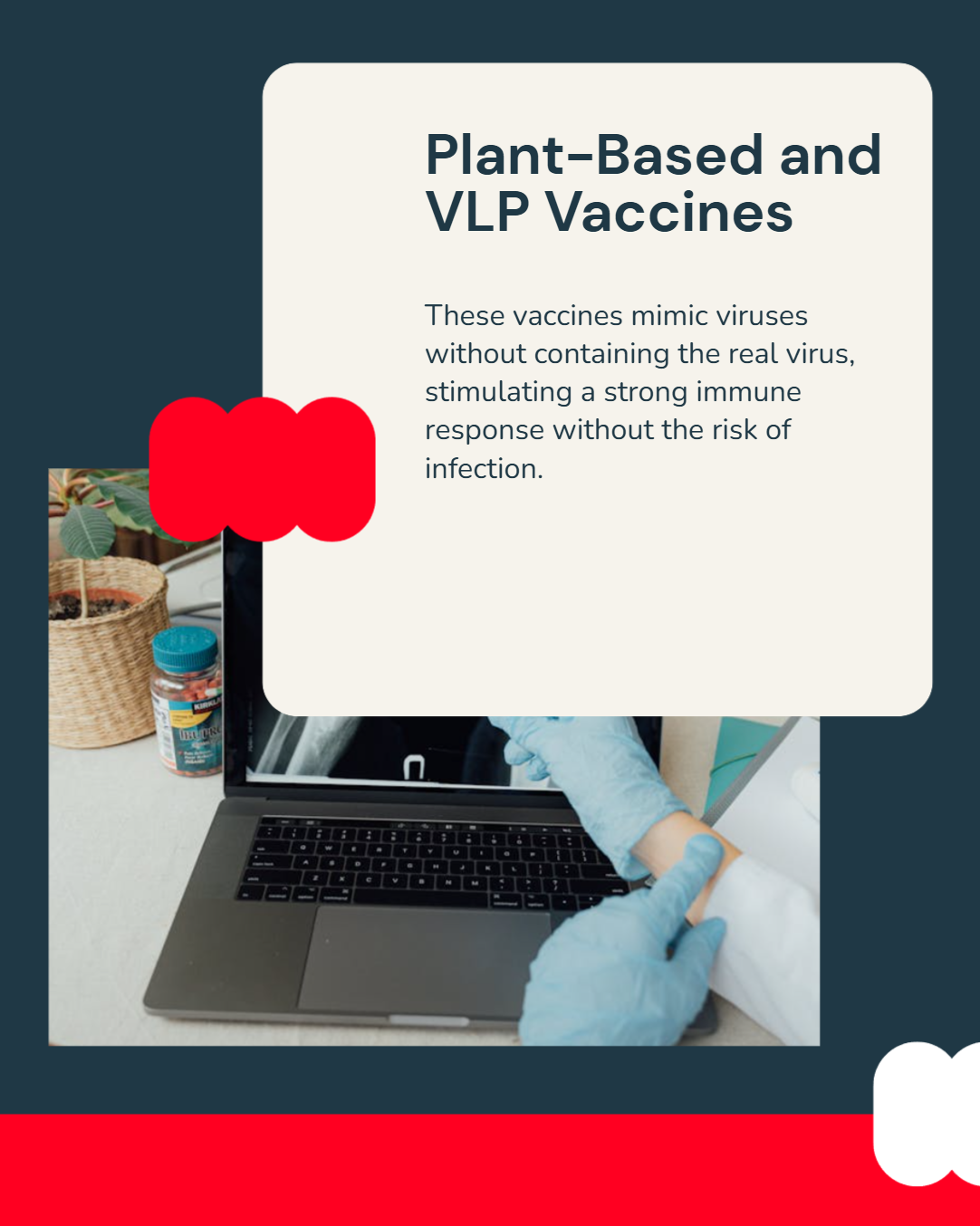
How It Works
These vaccines mimic viruses without containing genetic material, stimulating a strong immune response.
Advantages
Challenges
Potential Applications
Example: Medicago’s plant-based COVID-19 vaccine, approved in Canada.
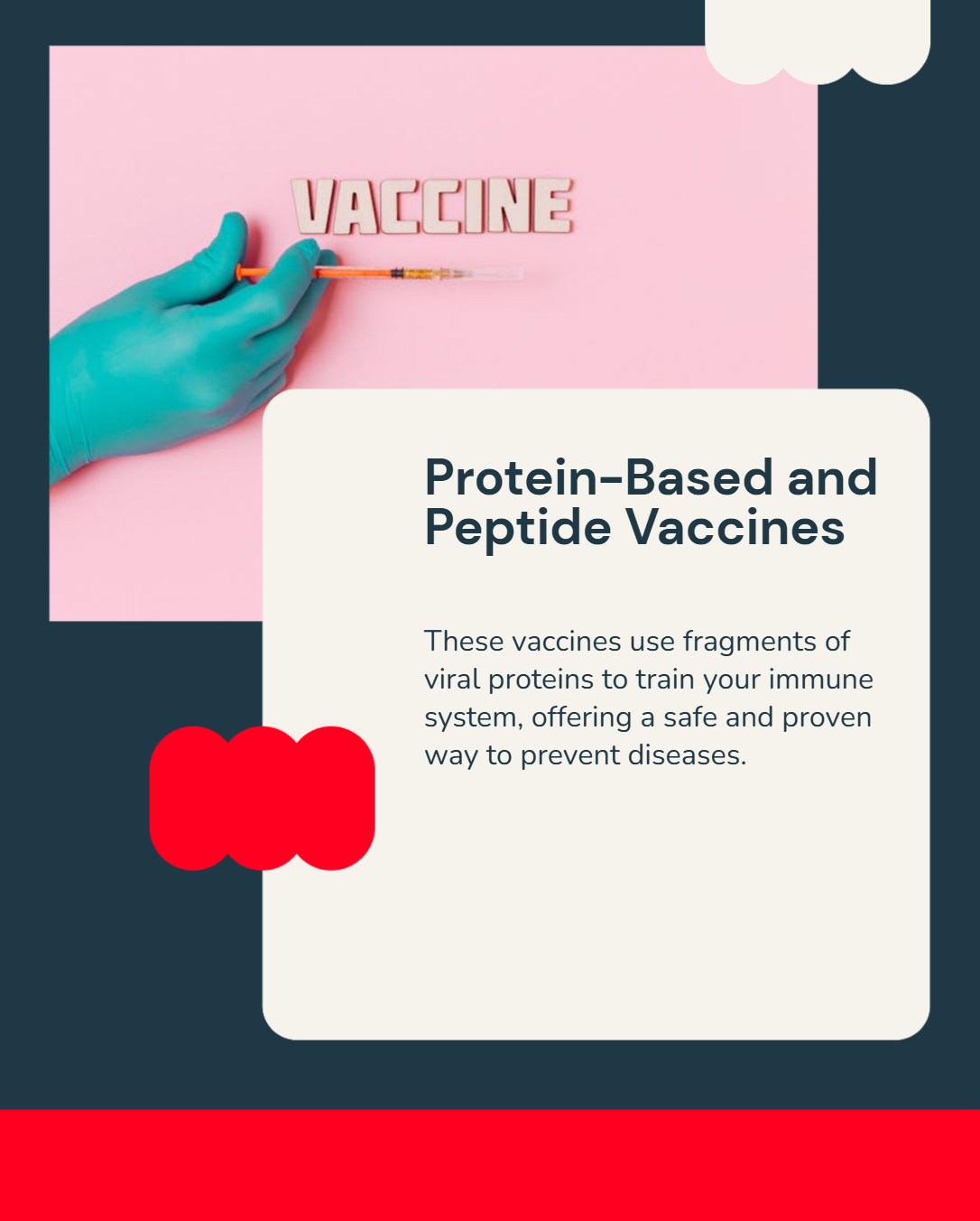
How It Works
These vaccines use fragments of viral proteins to train the immune system.
Advantages
Challenges
Potential Applications
Example: Novavax COVID-19 vaccine.
How It Works
Nanoparticles and biomaterials help deliver antigens more efficiently and enhance immune responses.
Advantages
Challenges
Potential Applications
Example: SK Bioscience's nanoparticle-based flu vaccine.
How It Works
AI helps design customized vaccines based on a person’s genetic and immune profile.
Advantages
Challenges
Potential Applications
Example: BioNTech’s mRNA-based cancer vaccine studies.
How Next-Gen Vaccines Will Shape the Future
Challenges to Overcome
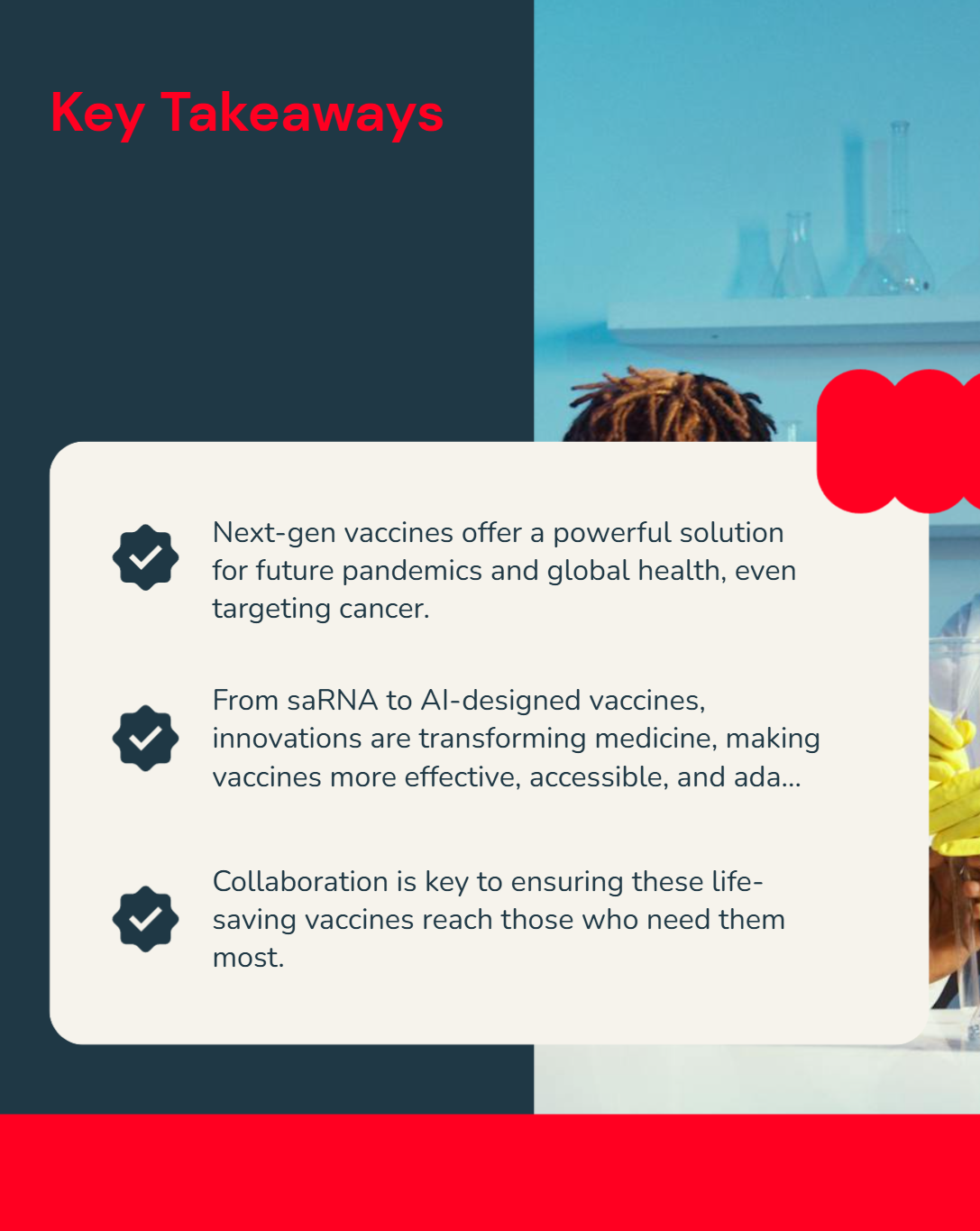
Next-generation vaccine platforms beyond mRNA hold the key to future pandemics, global health security, and even cancer prevention. From self-amplifying RNA to nanoparticle-based vaccines, AI-driven immunization, and plant-based solutions, these innovations are transforming medicine.
As research continues, collaborations between biotech firms, governments, and global health organizations will be crucial in ensuring these life-saving vaccines reach those who need them most.
1. How are next-generation vaccines different from mRNA vaccines?
They include self-amplifying RNA, DNA, nanoparticle-based, plant-based, and AI-designed vaccines, offering better stability, cost-effectiveness, and broader immune responses.
2. Are DNA vaccines safe for humans?
Yes, DNA vaccines are generally safe and undergoing clinical studies for various diseases, including Zika, HIV, and cancer.
3. What are the advantages of plant-based vaccines?
They are cost-effective, stable without refrigeration, and scalable using agricultural production methods.
4. Can AI help in vaccine development?
Yes, AI accelerates vaccine design by identifying effective antigen targets and optimizing formulations, leading to faster and more precise vaccines.
5. Will next-gen vaccines replace traditional vaccines?
Not immediately, but they will complement existing technologies, making vaccines more effective, accessible, and adaptable to emerging diseases.
 02.04.2025
02.04.2025